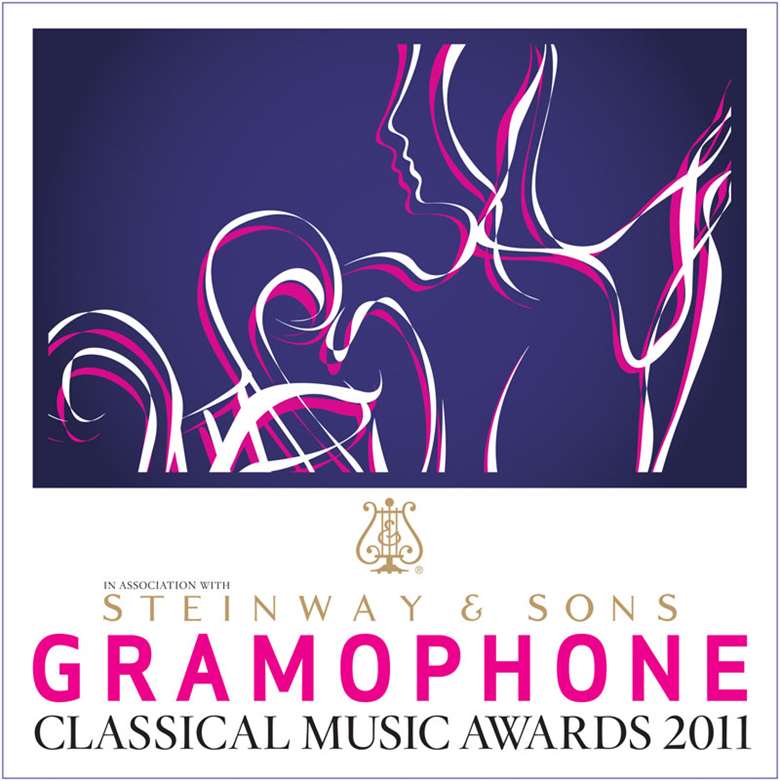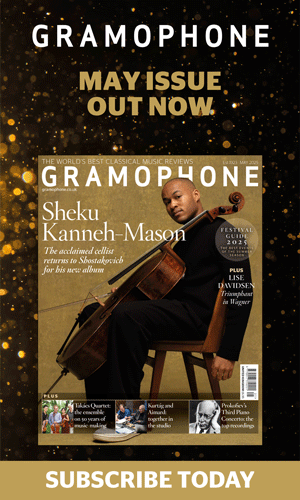Gramophone Awards 2011 - the judging process
Martin Cullingford
Monday, October 3, 2011

James Jolly explains how the judging process works
The 'process' this year remained largely unchanged – it has evolved down the years to take into account new avenues and areas of focus. We have, though, retired the Historic Reissue category dedicated to recordings making a return to the catalogue; the 'complete recordings syndrome' has become so widespread that the art of the reissue has too often metamorphosed into 'how many discs can we cram into a box'. Our Historic Award therefore goes to a recording making a first commercial appearance on disc.
The voting rounds unfold in three parts. To begin the process we canvass the record companies for a proportion of their releases. Specialist committees then whittle these longlists (some 550 recordings) down to just six in each of the 15 categories. These form Round Two, and at this point any critic can opt into as many categories as desired, and the six discs are despatched.
From this Second Round, the 15 winners emerge. The Final Round, which produces the Recording of the Year, takes place at Gramophone’s Teddington offices, for which we convene a committee of contributors and editors. This jury, all armed with the winning discs, then gather to talk through each of the recordings before a vote determines the winner of winners – and this year the Recording of the Year emerged pretty effortlessly despite some passionate advocacy for a number of the others.







